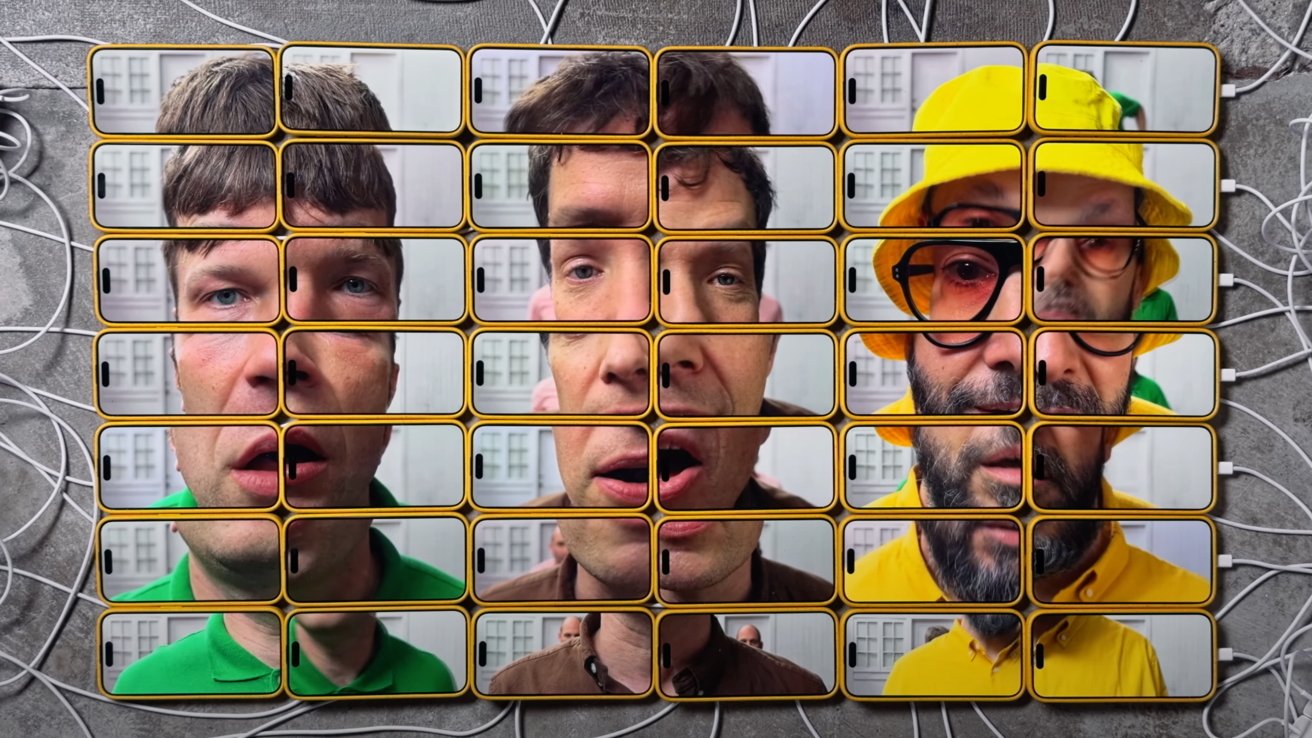10 Git Commands Every Developer Should Know
Mastering these core commands can significantly enhance your workflow: git init Initializes a new Git repository in your project directory. Start tracking your code effortlessly. git clone Copies an existing repository to your local machine. Perfect for working on shared projects. git status Displays the state of your working directory and staging area, helping you track changes. git add Stages changes to be committed. Use git add . to stage all changes in the directory. git commit -m "message" Records changes to the repository with a descriptive message. This is your version snapshot. git branch Lists all branches in your repository. Add -a to include remote branches. git checkout Switches to a different branch. Use -b to create and switch to a new branch simultaneously. git merge Integrates changes from another branch into the current one. Resolve conflicts as needed. git pull Fetches updates from a remote repository and merges them into your current branch. git push Sends your local changes to the remote repository. Keep your work synced with your team.

Mastering these core commands can significantly enhance your workflow:
git init
Initializes a new Git repository in your project directory. Start tracking your code effortlessly.git clone
Copies an existing repository to your local machine. Perfect for working on shared projects.git status
Displays the state of your working directory and staging area, helping you track changes.git add
Stages changes to be committed. Usegit add .to stage all changes in the directory.git commit -m "message"
Records changes to the repository with a descriptive message. This is your version snapshot.git branch
Lists all branches in your repository. Add-ato include remote branches.git checkout
Switches to a different branch. Use-bto create and switch to a new branch simultaneously.git merge
Integrates changes from another branch into the current one. Resolve conflicts as needed.git pull
Fetches updates from a remote repository and merges them into your current branch.git push
Sends your local changes to the remote repository. Keep your work synced with your team.





















